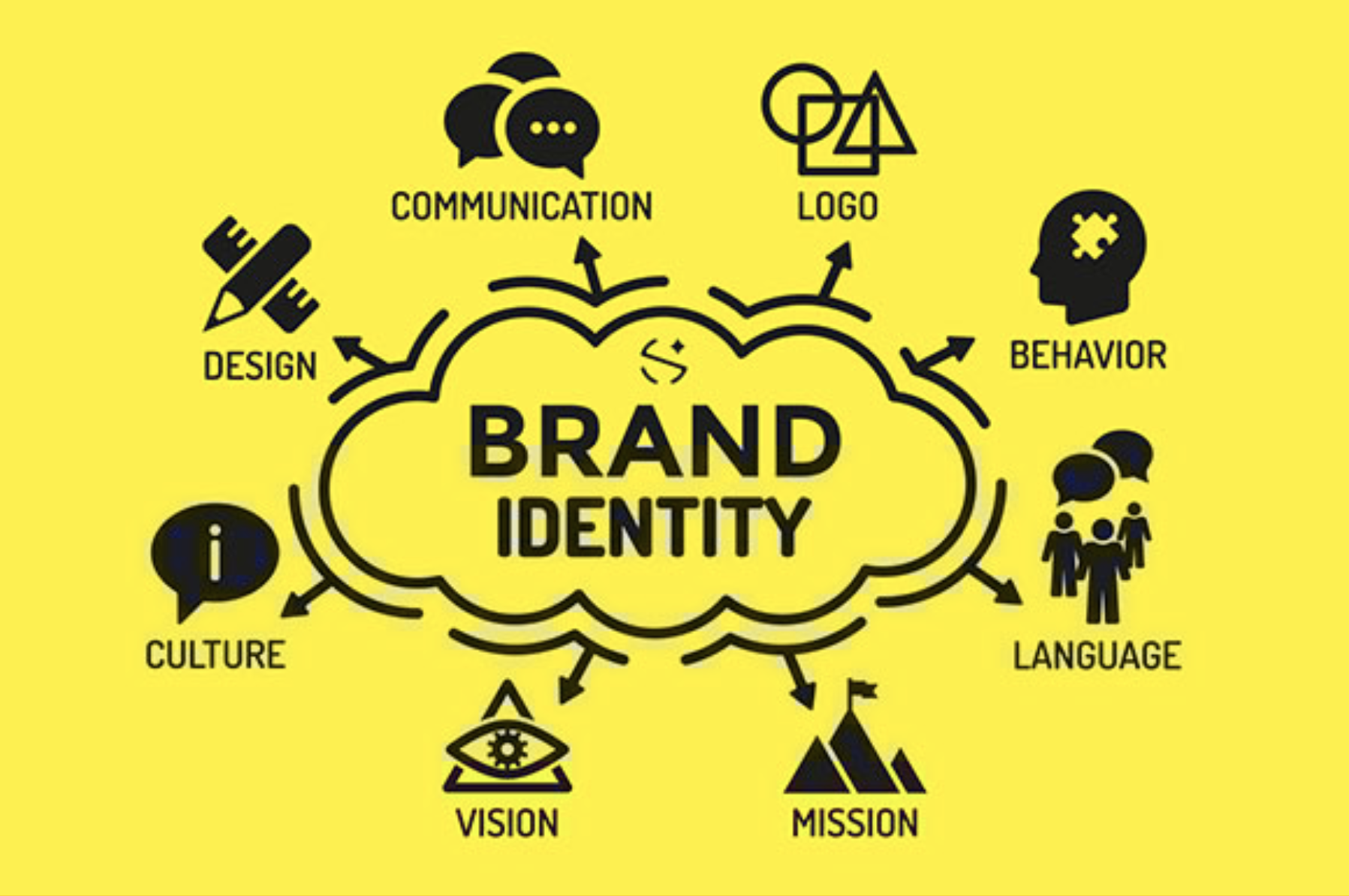
Unveiling the Power of Brand Identity in the Digital AgeUnveiling the Power of Brand Identity in the Digital Age In the ever-evolving digital landscape, brand identity has become an indispensable force that shapes consumer perception and drives business success. As companies embrace digital transformation, the way they define and communicate their brand has undergone a paradigm shift. 1. Personalized Experiences: Digital channels enable brands to engage with customers on a more personalized level. With access to vast data, businesses can tailor their messaging, website content, and social media interactions to resonate with specific customer segments. By creating tailored experiences, brands foster a sense of connection and loyalty. 2. Digital Storybuilding: The digital age provides limitless opportunities for brands to craft compelling narratives that connect with their target audience. Through videos, podcasts, and immersive online experiences, companies can showcase their values, mission, and unique offerings in a visually engaging and emotionally resonant manner. 3. Social Media Influence: Social media platforms have become a powerful tool for brand identity building. By creating engaging content, interacting with followers, and leveraging influencer marketing, businesses can expand their reach, build credibility, and drive consumer engagement. Social media also facilitates real-time feedback, allowing brands to adapt their strategy and respond to customer concerns. 4. Omnichannel Consistency: With the proliferation of digital touchpoints, customers expect a seamless and consistent brand experience across all channels. From the company website to social media profiles and mobile apps, brands must ensure that their messaging, visual identity, and tone of voice remain cohesive. Omnichannel consistency strengthens brand recognition and reinforces brand trust. 5. Data-Driven Insights: Digital analytics provide companies with invaluable data on customer behavior, preferences, and engagement. By analyzing this data, brands can identify areas for improvement, optimize their marketing campaigns, and gain a deeper understanding of their target audience. Data-driven insights empower businesses to make informed decisions that enhance their brand identity. 6. Adaptability and Agility: The digital landscape is constantly evolving, and so must brand identities. Brands must be agile and adaptable to keep pace with technological advancements and changing consumer trends. By embracing flexibility and experimenting with new platforms and technologies, companies can remain relevant and maintain their competitive edge. 7. Employee Advocacy: In the digital age, employees play a crucial role in shaping brand identity. By empowering employees to become brand ambassadors, businesses can amplify their reach, enhance their credibility, and foster a sense of community. Encouraging employee participation in social media, online forums, and company events strengthens brand authenticity and builds trust with customers. 8. Ethical Considerations: As digital technologies advance, brands must navigate ethical considerations related to data privacy, transparency, and social responsibility. By adhering to ethical practices and embracing transparency, businesses can build trust, protect their reputation, and differentiate themselves in an increasingly competitive market. Conclusion: In the digital age, brand identity is more than just a logo and a tagline. It encompasses the entire customer experience, from the way brands communicate to the values they embody. By leveraging the power of personalization, digital storytelling, social media influence, and data-driven insights, companies can create strong, memorable, and adaptable brand identities that resonate with their target audience and drive business growth.
Posted inNews